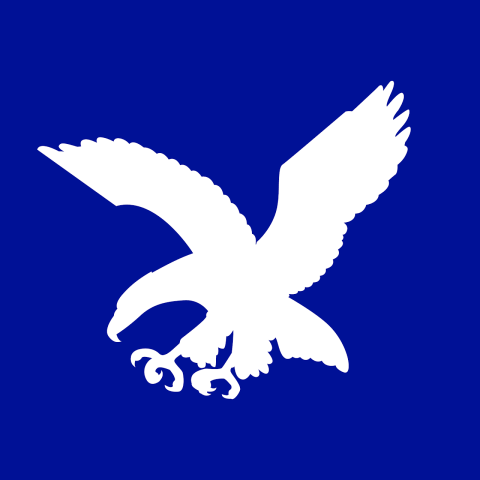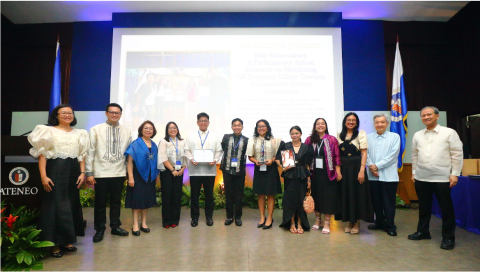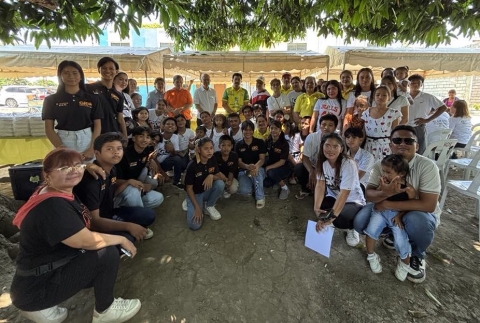ASOG conducts roundtable discussion with the Center for Naval Analyses on US-PH security cooperation
21 Jan 2025
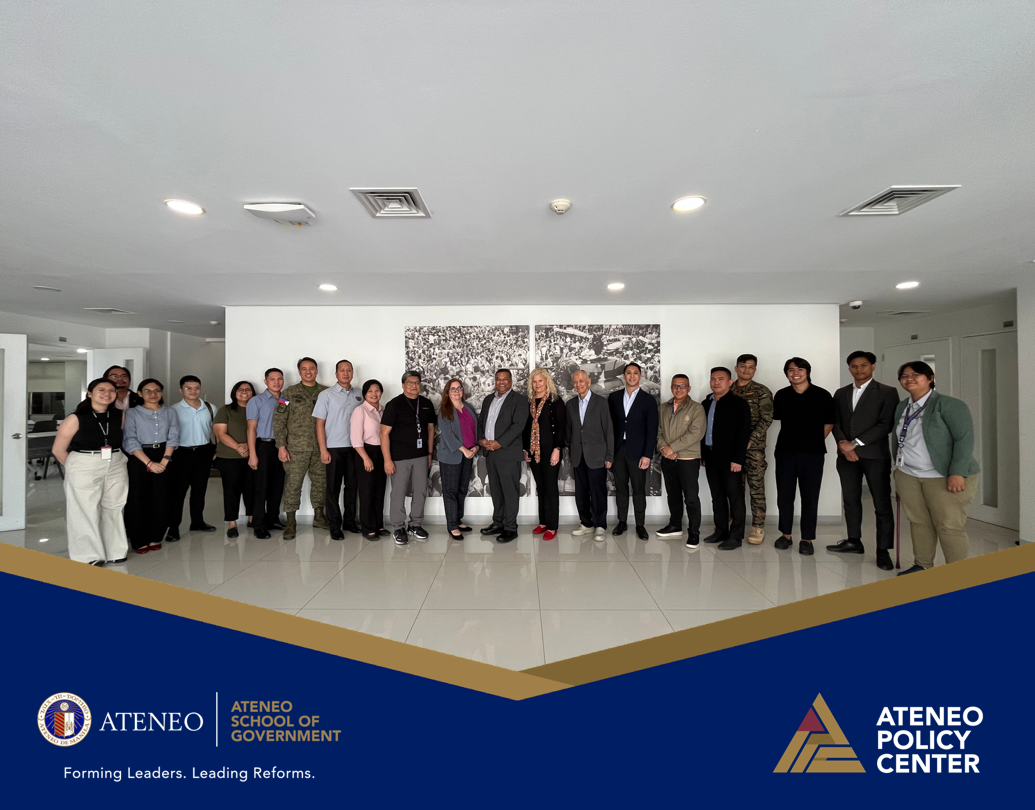
On 17 January 2025, the Ateneo Policy Center, the public policy think tank of the Ateneo School of Government, in an esteemed collaboration with the Center for Naval Analyses (CNA), gathered for a fruitful discussion outlining dynamics on the current landscape of the US-PH security cooperation.
Joined by experts and representatives from Ateneo de Manila University, the Philippine Army and Navy, Office of Naval Strategic Studies and Strategy Management, National Security Council, and WR Numero, the discussion focused on issues related to maritime and naval security challenges such as the ongoing tensions between PH and the PRC at the West Philippine Sea.
Dr Satu Limaye, Center for Naval Analyses’ Senior Fellow in China & Indo-Pacific Security Affairs Division, has underscored the importance of having strategic cooperation amidst political changes.
“And because we have [in the last four years] had very significant changes of leadership in both our countries that have shaped the parameters of security cooperation in the alliance, it is better to understand how to create continuity and balance in the US-Philippine alliance and in security cooperation when other circumstances are changing,” Dr Limaye stated in his opening message.
Rear Admiral Rommel Ong (Ret), Professor of Praxis at the Ateneo School of Government, has ignited the discussion by explaining PH maritime challenges faced amid geopolitical tensions. His profound analysis revealed that important non-militia elements like diplomacy, propaganda, and economic coercion are all designed to influence the country’s political, economic, social, and environmental aspects, influencing attitudes and behavior of both the general public and policymakers—are all shaping our political needs.
Ms Tamara Hemphill, Senior Research Analyst at the CNA China & Indo-Pacific Security Affairs Division, noted in a brief knowledge-sharing session that by comparison, the U.S. Navy currently comprises about 296,000 naval ships. Military officials and others are observing the pace and capacity of China's shipbuilding, as opposed to a major challenge to the US Navy's ability to control the blue water areas in the Western Pacific, and therefore the long-standing status of the United States as the leading military power in the Western Pacific.
“The US Navy has [now] increased and accelerated the development of new military technologies and has acquired new ships, aircraft, weapons, and unmanned vehicles to increase the future size of the US Navy and then shifting to an architecture that features a much greater use of unmanned plastic,” she concluded in her sharing.
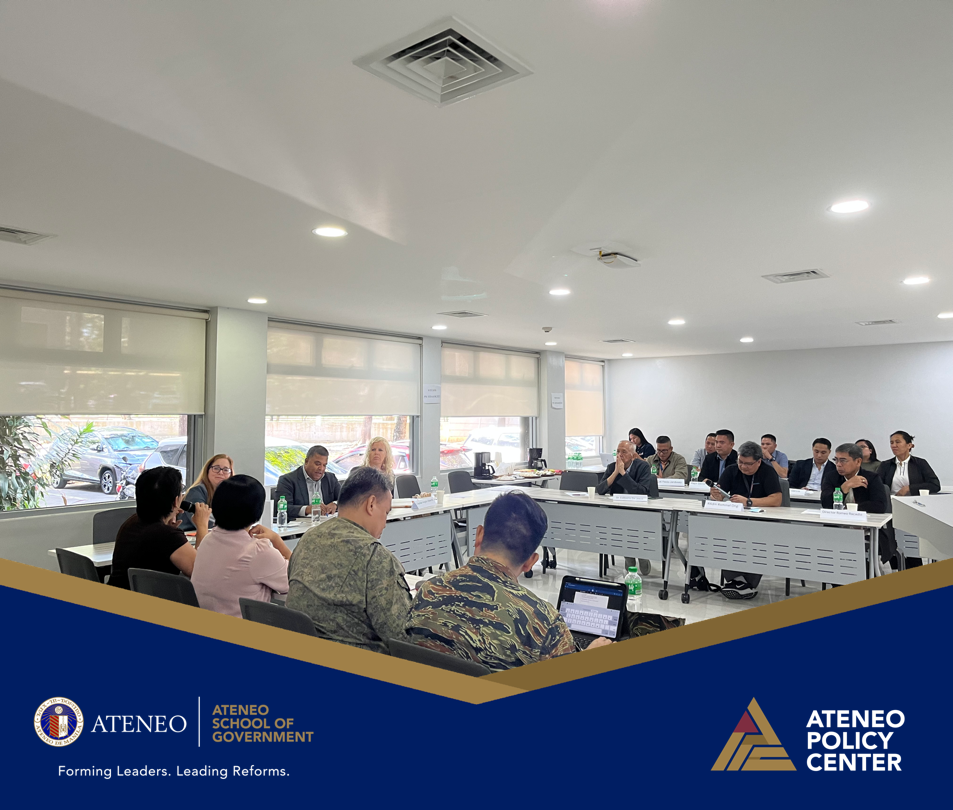
The meaningful exchange of perspectives between the participants especially on the PRC aggression brought about new realizations on the course of US-PH relations.
“History is becoming an impediment to rewriting the basis for the US-PH relationship … We need the Philippines to be strong in the region,” Dr Limaye emphasized.
“We need to think out of the box to beat the adversary,” RADM. Ong expressed this in his concluding remarks, adding that the two documents — the US-Philippines Bilateral Defense Guidelines and the US-Philippines-Japan Trilateral Summit — should be a good starting point in assessing the direction of US-PH security cooperation as we encounter major political changes.
In conclusion, the participants of the roundtable discussion concurred that much needs to be done to improve resiliency, geographical access, and posture as important elements strengthening US-PH ties.
